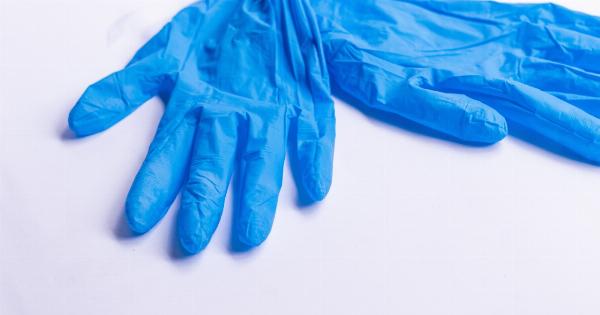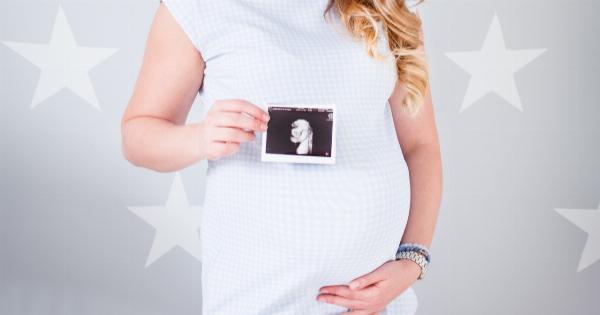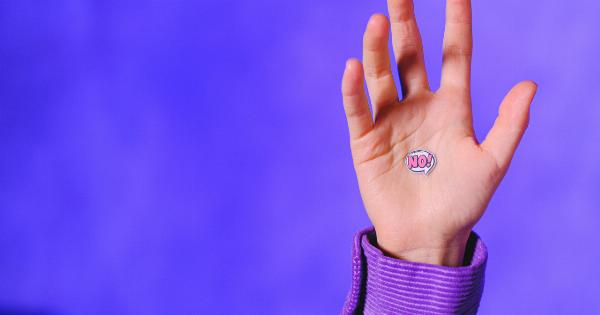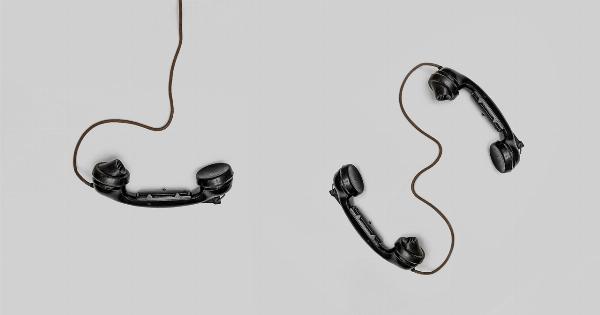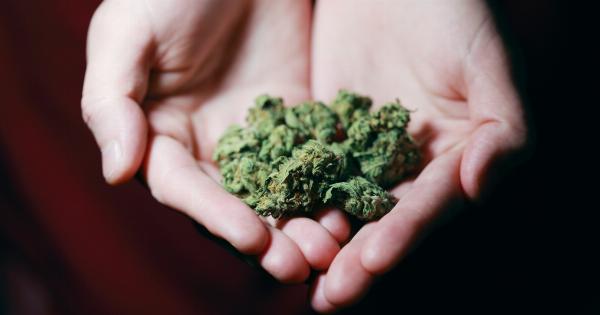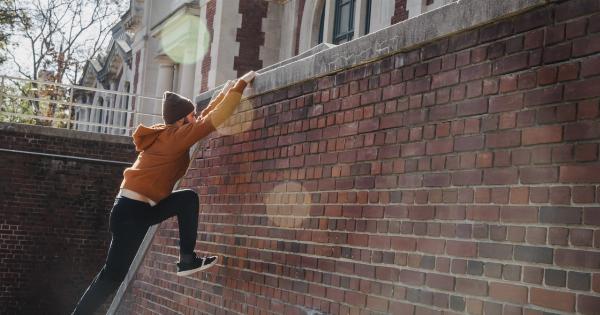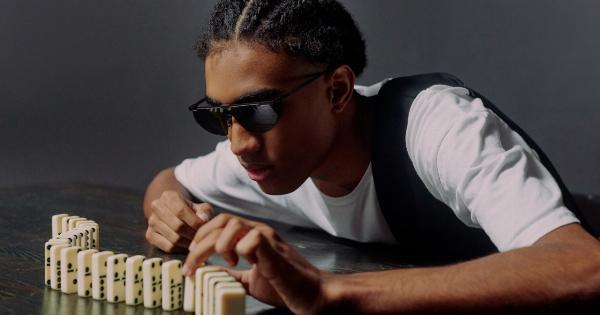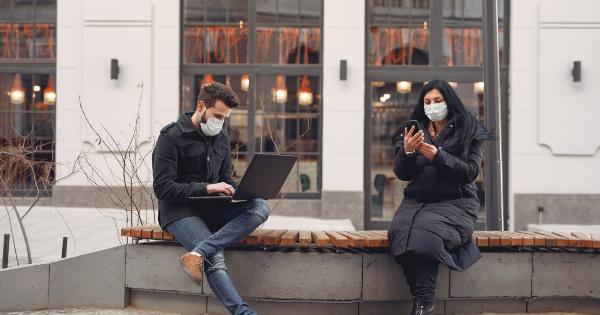When it comes to the human body, every part plays a crucial role in maintaining its functionality and well-being. Among the various body parts, the ear is not only responsible for hearing but also serves as a key component of our balance system.
While we generally associate ear injuries with the eardrum or ear canal, there is another area that can be susceptible to harm – the top of the ear. In this article, we will delve into the potential dangers of a jab at the top of the ear and explore the possible consequences and precautions associated with such injuries.
What is the top of the ear?
The ear is a complex organ with several anatomical parts. When we refer to the top of the ear, we are specifically talking about the upper portion, also known as the helix.
The helix is the outer rim of the ear that is made up of cartilage, providing it with a distinct shape and structure. It is important to note that the helix serves primarily as a protective covering for the inner ear components, rather than having a direct role in hearing or balance.
The potential dangers
While the top of the ear may not seem like a particularly vulnerable area, it is essential to understand the potential dangers associated with jabs or injuries to this region.
1. Cartilage damage
The helix is primarily composed of cartilage, which is flexible yet sturdy. However, any forceful impact or jab can lead to damage to the cartilage, resulting in various complications.
This can include cartilage fractures, deformities, or even complete separation of the cartilage from the rest of the ear structure. Such damage can alter the appearance of the ear and may require surgical intervention for correction.
2. Hematoma formation
A hematoma refers to the accumulation of blood outside the blood vessels. When the top of the ear experiences trauma or a forceful jab, it can cause blood vessels to rupture, leading to bleeding within the ear tissue.
This often results in the formation of a blood clot called a hematoma. Hematomas can be painful and cause swelling, requiring proper medical attention to prevent any further complications.
3. Infection risk
Due to the presence of numerous blood vessels and a warm, moist environment, the ear is susceptible to infections.
When the top of the ear is injured, particularly if the skin integrity is compromised, it creates an entry point for bacteria and other pathogens. If left untreated, infections can lead to various complications, including cellulitis, abscess formation, or even systemic infections that affect the entire body.
4. Scarring and keloids
Any injury, including jabs to the top of the ear, can result in scarring. Scarring occurs as a natural part of the body’s healing process when there is damage to the skin or underlying tissues.
In some cases, the healing process can lead to the formation of excessive scar tissue known as keloids. Keloids can be raised, itchy, and may extend beyond the initial injury site. They can be challenging to treat and may require specialized interventions such as corticosteroid injections or surgical removal.
5. Auricular hematoma
An auricular hematoma, commonly known as “cauliflower ear,” is a specific type of hematoma that occurs when there is continuous or repeated trauma to the ear.
This condition can arise from activities such as boxing, wrestling, or any sport with frequent ear impacts. If a hematoma is left untreated, the accumulated blood can separate the cartilage from the overlying skin, resulting in a deformed appearance resembling a cauliflower.
Treatment for an auricular hematoma often involves draining the accumulated blood and applying pressure dressings to prevent re-accumulation.
Precautions and treatment
While it is not always possible to prevent accidental jabs to the top of the ear, taking certain precautions can help minimize the risk of injury. Some recommendations include:.
1. Protective headgear
If you engage in activities that involve a higher risk of ear injury, such as contact sports or combat training, wearing protective headgear can offer essential protection to your ears.
Helmets and other gear designed specifically for ear protection can help absorb the impact and reduce the risk of damage to the top of the ears.
2. Avoiding pointed objects
Avoiding situations where pointed objects may come into contact with the ears can significantly reduce the risk of jabs or injuries.
This includes being cautious around sharp corners, tools, or any objects that could potentially harm the ear if accidentally bumped or jabbed.
3. Prompt medical attention
If you do experience a forceful jab or injury to the top of the ear, it is crucial to seek prompt medical attention. Even seemingly minor injuries can have underlying complications that may require professional assessment and treatment.
Early intervention can help minimize the potential risks and improve the chances of a successful recovery.
Conclusion
While the top of the ear may not receive as much attention or protection as other parts of the ear, it is essential to recognize the potential dangers associated with jabs or injuries to this region.
Damage to the cartilage, hematoma formation, infection risk, scarring, and auricular hematomas are among the possible complications that can arise from jabs at the top of the ear. By taking precautions and seeking appropriate medical attention when necessary, we can minimize the potential risks and ensure the well-being of this often overlooked part of our body.





